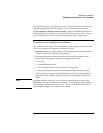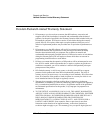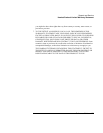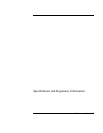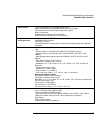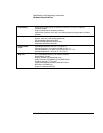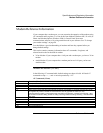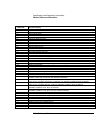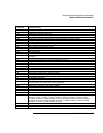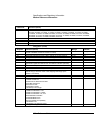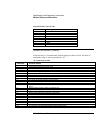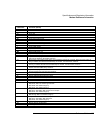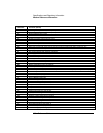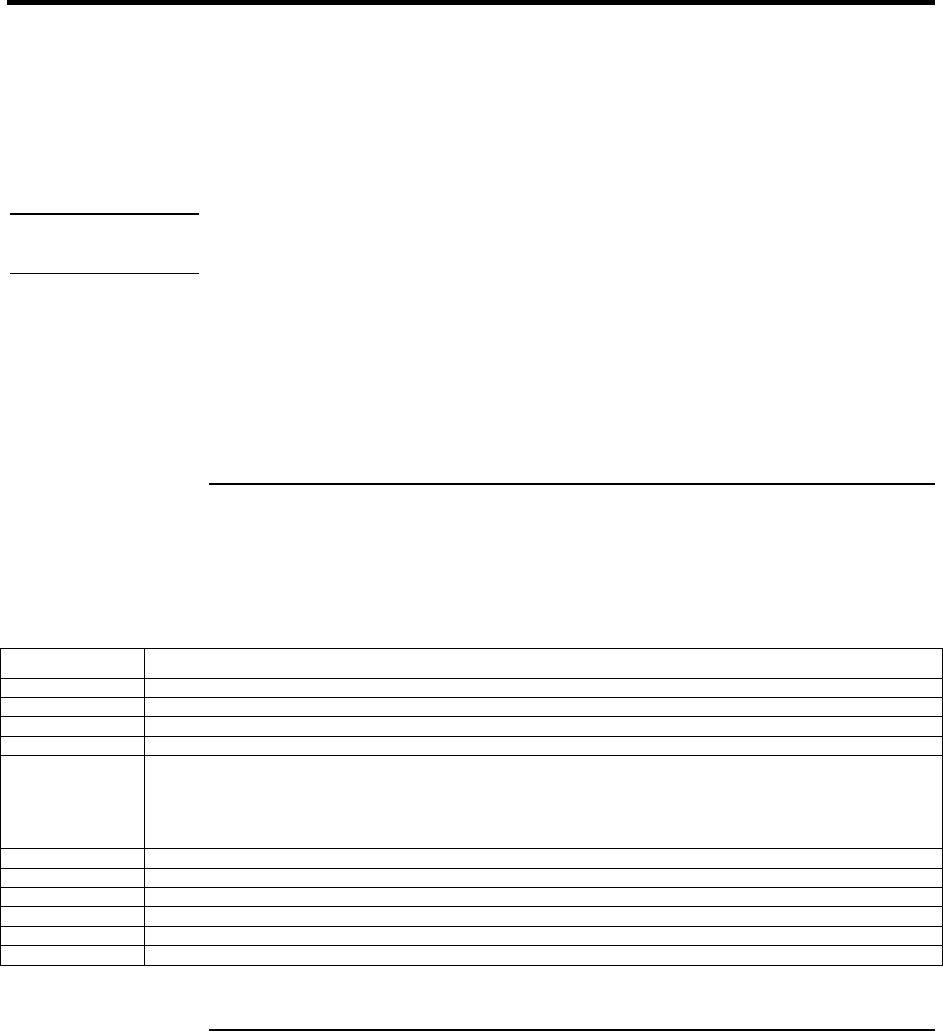
Specifications and Regulatory Information
Modem Reference Information
Reference Guide 129
Modem Reference Information
If your computer has a modem port, you can customize the operation of the modem using
AT commands and S-registers. You can do this from Modem (Windows ME, 95 or 98) or
Phone And Modem Options (Windows 2000) in Control Panel, from most
communications software, or by using terminal mode in your software. See “To change
your modem settings” on page 60.
Note
You should have a good understanding of modems and how they operate before you
change default settings.
This section contains summary information about AT commands, S-registers, and
selected result codes for the built-in modem:
• 3Com Modem. If your computer has a LAN port and a modem port, you have a 3Com
modem.
• Ambit Modem. If your computer has a modem port but no LAN port, you have an
Ambit modem.
Modem Reference (3Com)
In the following AT command table, default settings are shown in bold. All listed AT
commands except +++, /, and A/ must be preceded by “AT.”
AT Commands (3Com)
Command Function (3Com)
+++ Escape to online command mode (not preceded by AT)
/ Pause (not preceded by AT), 125 ms default
A Answer manually
A/ Repeat last command (not preceded by AT)
D... Dial a phone number and issue other optional commands: 0-9=Dial digit, T=Tone dial, P=Pulse dial, R=Call
an originate-only modem, W=Wait for second dial tone (X2, X4), @=Wait for answer (X3, X4),
(comma)=Pause in dialing, !=Flash switch hook, #=Auxiliary tone dial digit, *=Auxiliary tone dial digit, ;=Stay
in command mode after dialing, $=Wait for calling card bong, &=Wait for calling card bong, “=Dial the letters
that follow.
D$ Display a list of dial commands
DL Redial last number
DL? Display last dialed number
DSn Dial stored number (n=0,1,2,3)
E0 Turn command echo off
E1 Turn command echo on



